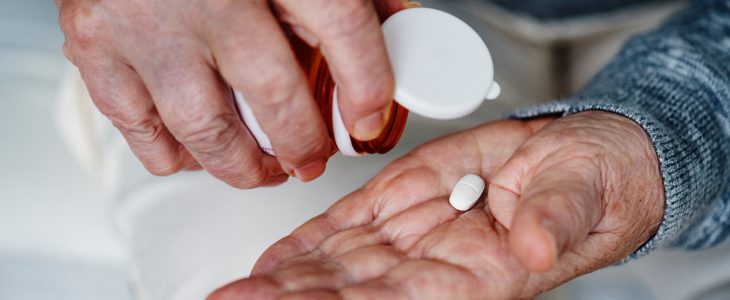
Those involved in the health field spend many years educating themselves to learn the complex health related terminologies that are foreign to the average person. As a result, there is a large portion of the population who cannot comprehend what their doctors are telling them about their health. According to the U.S Department of Education, a little over sixty percent of the population can read instructions on a prescription label. This alarming statistic shows why health care professionals and educators need to be more conscientious when explaining health related matters to their patients. The importance of being health literate can be solved by having readily accessible information to health related matters so that the average person can understand and use to make informed decisions.
The Florida Literacy Coalition held a Health Literacy Summit last year which dealt with this same issue. Plain language is clear simplified wording that acts as an initiative that emphasizes the importance of using simple words that people can understand when communicating with patients. The importance of health care professionals communicating with their patients in plain language will ultimately help with the issue of doctor to patient miscommunication. The benefits of health care professionals using plain language will increase the percentage of people who have an intermediate or proficient health literacy level and decrease the amount of people that have a basic health literacy level.
Table 1. Descriptions of Health Literacy
| Health Literacy Level | Task Examples | Percentage |
| Proficient | Using a table, calculate an employee’s share of health insurance costs for a year. | 12% |
| Intermediate | Read instructions on a prescription label, and determine what time a person can take the medication. | 53% |
| Basic | Read a pamphlet, and give two reasons a person with no symptoms should be tested for a disease. | 21% |
| Below Basic | Read a set of short instructions, and identify what is permissible to drink before a medical test. | 14% |
Source: U.S. Department of Education, Institute of Education Sciences, 2003 National Assessment of Adult Literacy..
The following are ways to become more health literate:
- Improve Communication With Your Doctors:
- Ask your health care professional to use familiar language and write down their information.
- Ask questions if something is unclear. Ask for written information to take home.
- Take action in your community:
- Attend health education programs around your area.
- Request that local schools include health literacy in their adult education curriculum.
SOURCES
Office of Disease Prevention and Health Promotion. America’s Health Literacy: Why We Need Accessible Health Information. Available at: http://health.gov/communication/literacy/issuebrief/ (Accessed: 14 October 2015). Inline Citations: (Office of Disease Prevention and Health Promotion)

